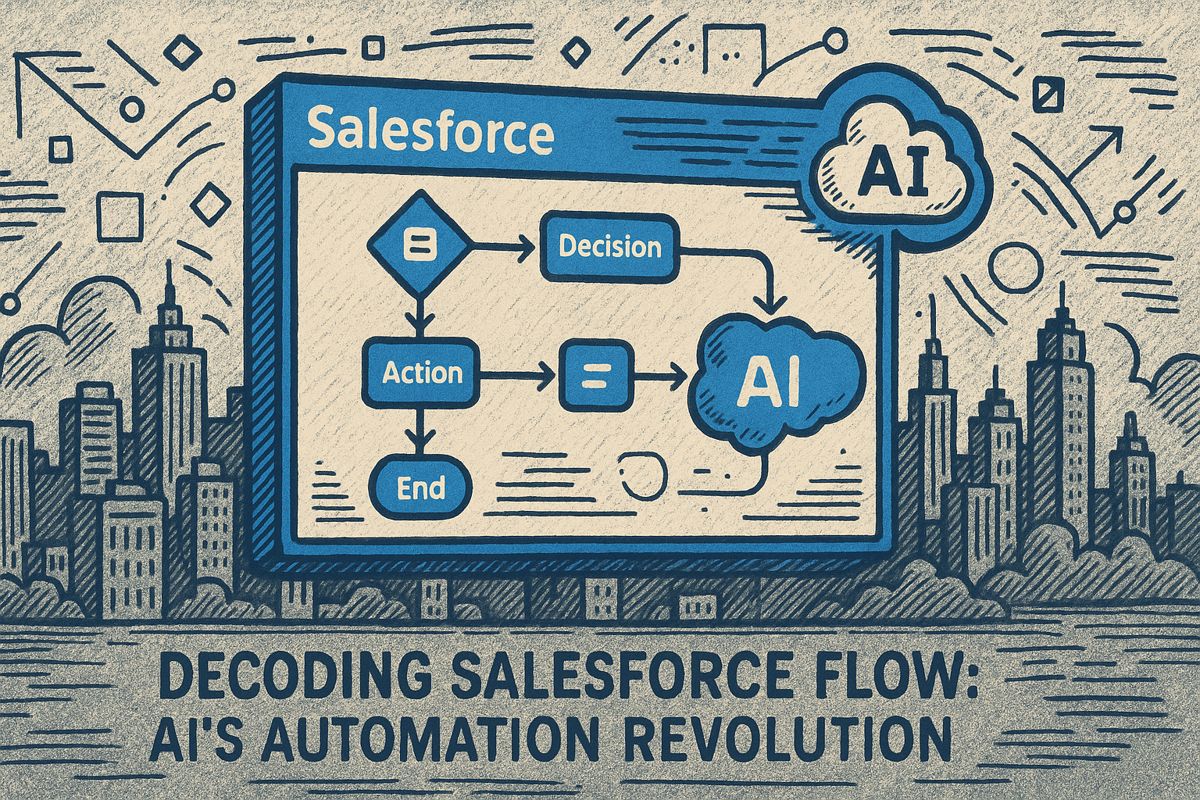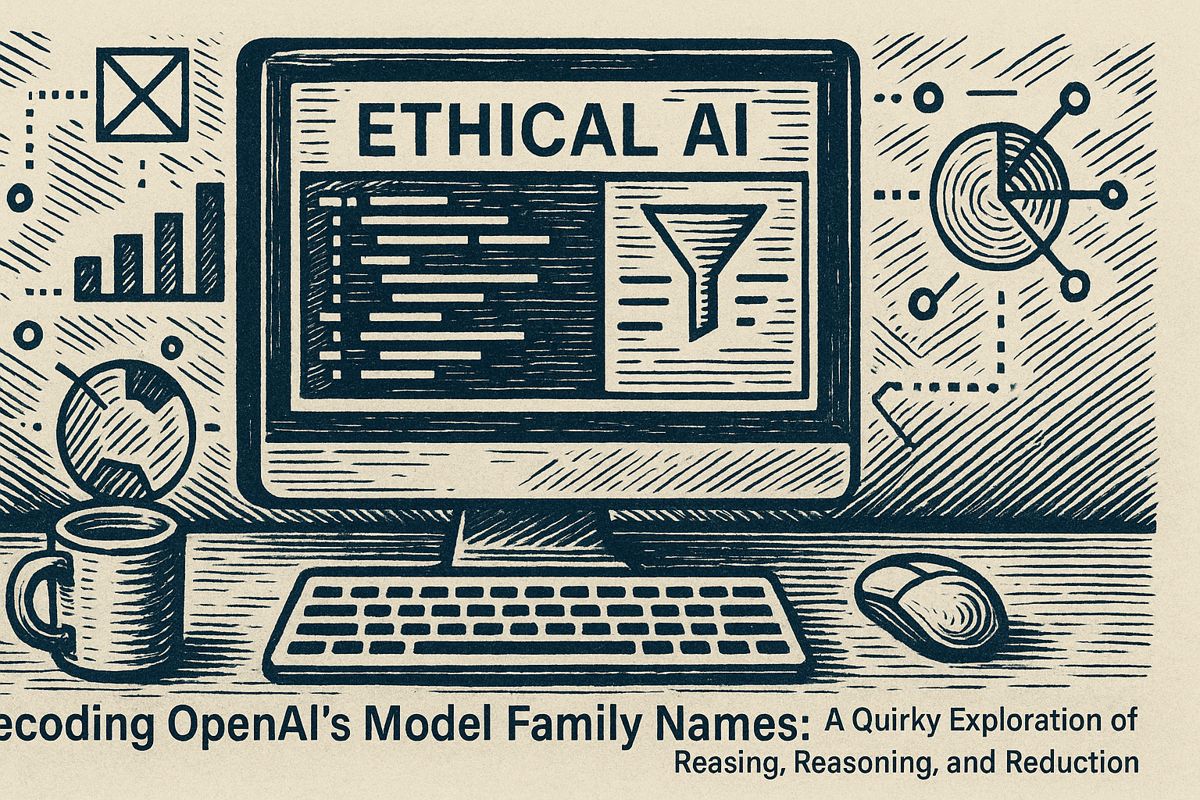The insight from McKinsey that formal processes double AI pilot-to-production rates is a standout finding from 2025 enterprise AI research. Formal workflow mapping and disciplined training can cut months from scaling timelines, yet many firms stall after promising pilots by skipping crucial preparation and education.
Education first, software second
While most employees are eager to adopt AI, a recent Deloitte analysis reveals that only 38% receive any formal training. Organizations that prioritize and deliver comprehensive AI literacy across all roles see significantly less rework and higher pilot success rates.
Formal AI training empowers teams by establishing a common language and skillset, which prevents miscommunication and costly errors. When employees understand the technology’s capabilities and limitations, they can better identify opportunities, manage expectations, and contribute to a smoother pilot-to-production transition, accelerating overall value delivery.
The impact of upskilling is evident in Cisco’s ICT Workforce Consortium. After members committed to training 95 million workers, they observed faster AI adoption, particularly in network operations and support. A corresponding report highlights that 58% of staff anticipate major skill changes within five years, confirming the urgent need for defined AI learning paths.
McKinsey: Formal Processes Double AI Pilot-to-Production Rates
McKinsey’s latest global survey of 1,400 organizations confirms the trend: companies that meticulously document end-to-end workflows before development are twice as likely to move AI pilots into production. For example, a European bank that implemented a strict process map could retrain a broken credit model overnight, avoiding the week-long firefighting caused by previously undiscovered spreadsheet workarounds.
This principle extends to the data stack. The 2025 AI Index from Stanford reports that engineers can spend up to 80% of project time on data remediation. Formal process audits identify these data quality issues upfront, allowing valuable engineering talent to focus on model optimization instead of data cleaning.
Roadmap to continuous value
While Netguru research finds 78% of firms use AI in at least one function, only a minority achieve enterprise-wide adoption (AI adoption statistics). Successful leaders consistently follow a predictable path:
- Document: Map all processes and data flows in clear, accessible language.
- Align: Connect every AI use case to a measurable business objective.
- Pilot: Launch small-scale experiments with cross-functional teams.
- Govern: Implement MLOps pipelines for robust monitoring and governance.
- Upskill: Provide role-based training on a quarterly basis to keep skills current.
IBM’s internal initiative demonstrates the power of this approach. With an estimated 40% of its workforce expected to change roles in three years, proactive upskilling retains talent and speeds up the delivery of business value.
Training and culture, not hype
While generative AI and large language models attract attention, organizational culture is the true driver of success. ServiceNow, for instance, boosted productivity by redesigning roles to let employees focus on high-judgment work while AI managed routine tasks. This transition succeeded because transparent communication reduced employee anxiety and increased adoption.
Ultimately, successful AI integration follows a clear pattern: prioritize education, document every process, and establish continuous feedback loops. Organizations that approach AI as a company-wide discipline achieve faster, more reliable deployments without sacrificing governance or risk management.
Why do so many AI pilots never reach full production?
Only one in ten AI pilots ever scales, but companies that install formal process-management practices double their success rate, according to McKinsey’s 2025 State of AI survey.
The gap is rarely technical: poor data mapping, unclear hand-offs and skipped staff training turn promising prototypes into shelf-ware.
Firms that start with pen-and-paper documentation of workflows – exactly what digital-transformation expert Mihai Suta recommends – move faster because they already know which data are clean, where the bottlenecks are and who must sign off at each step.
What does “large-scale augmentation” mean for head-count planning?
AI is not wholesale job replacement; it is job expansion.
McKinsey finds companies in the top adoption quartile expect net head-count growth of 12% through 2027 because each AI-supported role generates more revenue and needs more human oversight, exception-handling and client interaction.
Put simply: more resources and especially more people are required when augmentation is done right, so HR and finance teams should budget for hiring concurrent with algorithm roll-outs.
Which industries show the biggest pilot-to-production jump?
Sectors that already treat process discipline as a safety requirement lead the pack:
– Telecom (38% adoption rate) moves pilots live in 90 days on average.
– Financial services follows close behind, with 68% of hedge funds now trading on AI models after formal model-risk frameworks became standard.
Retail and healthcare trail; their success rate leaps once they borrow check-lists from the stricter industries, confirming that governance, not algorithms, is the differentiator.
How much time should we devote to data and workflow mapping before the first model is built?
McKinsey’s high-performing cohorts spend up to 80% of early project hours on non-coding work: interviewing process owners, cataloguing data lineage and running small “paper simulations” of the AI hand-off.
This front-loaded discipline shortens total project length by 25% because engineers receive clean, labelled data sets and a clear deployment path.
In short, slowing down at the start is the quickest route to scale.
Where can we see real pay-off numbers from simultaneous reskilling?
- IBM expects 40% of its workforce to reskill within three years; early modules have already cut customer-service handle time 18% while raising employee NPS 12 points.
- A global consulting firm that put 2,000 staff through Simplilearn AI certificates saw project delivery speed rise 25% and operating cost fall 15% within 12 months.
These cases illustrate the productivity dividend that appears when formal process governance is paired with structured, role-specific up-skilling, turning sceptical users into AI amplifiers rather than bottlenecks.



















